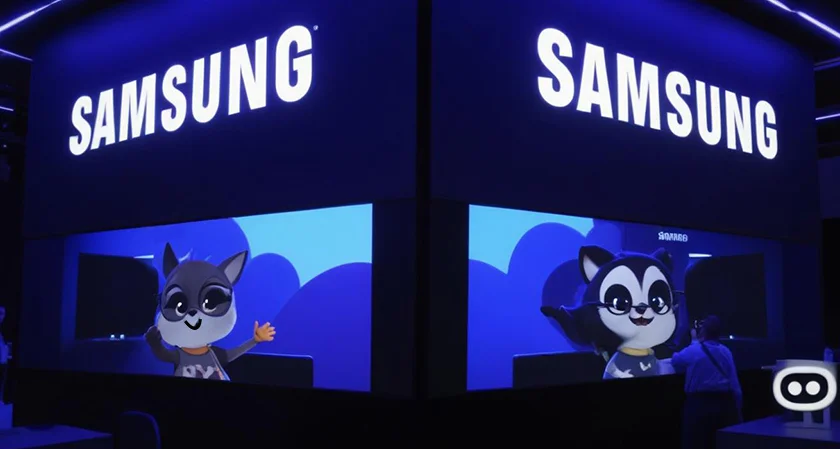Home Others Artificial Intelligence 24GB GDDR7 DRAM is released by...
24GB GDDR7 DRAM is released by Samsung for use in powerful AI systems
Artificial Intelligence

Business Fortune
18 October, 2024
After releasing 24 Gb GDDR7 DRAM for testing in AI computing systems to GPU clients prior to the start of production, which is anticipated early next year, Samsung has finally gained an advantage in the memory market.
For the South Korean chaebol, reaching the 24Gb milestone ahead of other DRAM manufacturers will come as a welcome relief as it looks to recover from the recent setbacks in the semiconductor industry.
According to Samsung, the recently created chips provide a power efficiency improvement of over 30% over GDDR6, with a capability of up to 42.5 Gbps per pin, which translates into a theoretical 1.36 TBps of usable bandwidth across a 256-bit wide bus.
On paper, these numbers should make fans of high-end GPUs and AI accelerators salivate, especially in light of how crucial bandwidth is for demanding AI and gaming workloads like Ray Tracing and 8K gaming.
PAM3 technology is used in the 12-nanometer class GDDR7 DRAM and is touted as the breakthrough technology that makes all this high bandwidth possible. Instead of the usual two signal levels, PAM3 supports three, which is intended to maximize the efficiency of each clock cycle. That's tech-speak for meaning that this 24Gb DRAM should perform better than what we've seen with GDDR6 thus far.
Additionally, Samsung is marketing this 24GB chip—which is equivalent to 3 GB—for high-capacity video memory setups. This means that it might be the perfect fit for the next flagship GPUs from AMD and Nvidia, such as the GeForce 5000 series. (The Reg has received unverified speculations of a debut in Q1 2025.)
However, Samsung's sparkling new DRAM won't be certain to mend the megacorp's shaky status in a fiercely competitive market, as both SK Hynix and Micron are also getting ready for their Samsung GDDR7 chips.
In the remaining months of this year, 24 Gb GDDR7 DRAM chips will be validated with GPU customers; full production is scheduled to commence in early 2025.


































